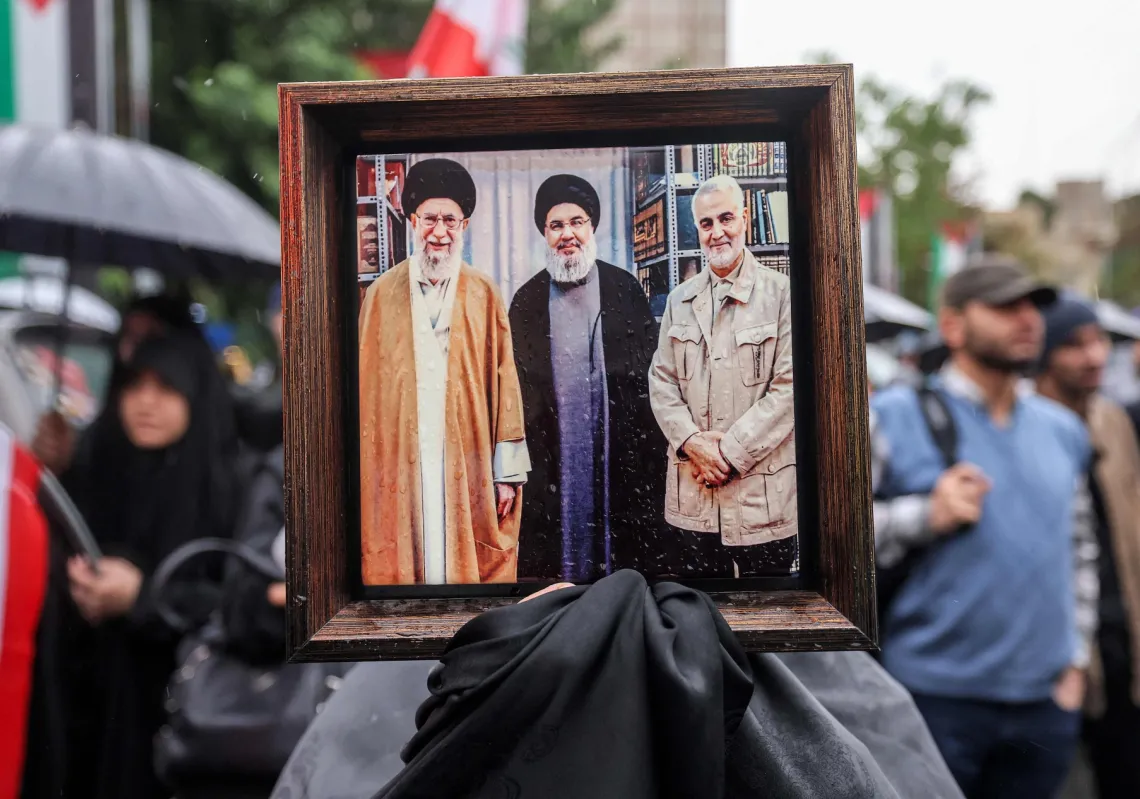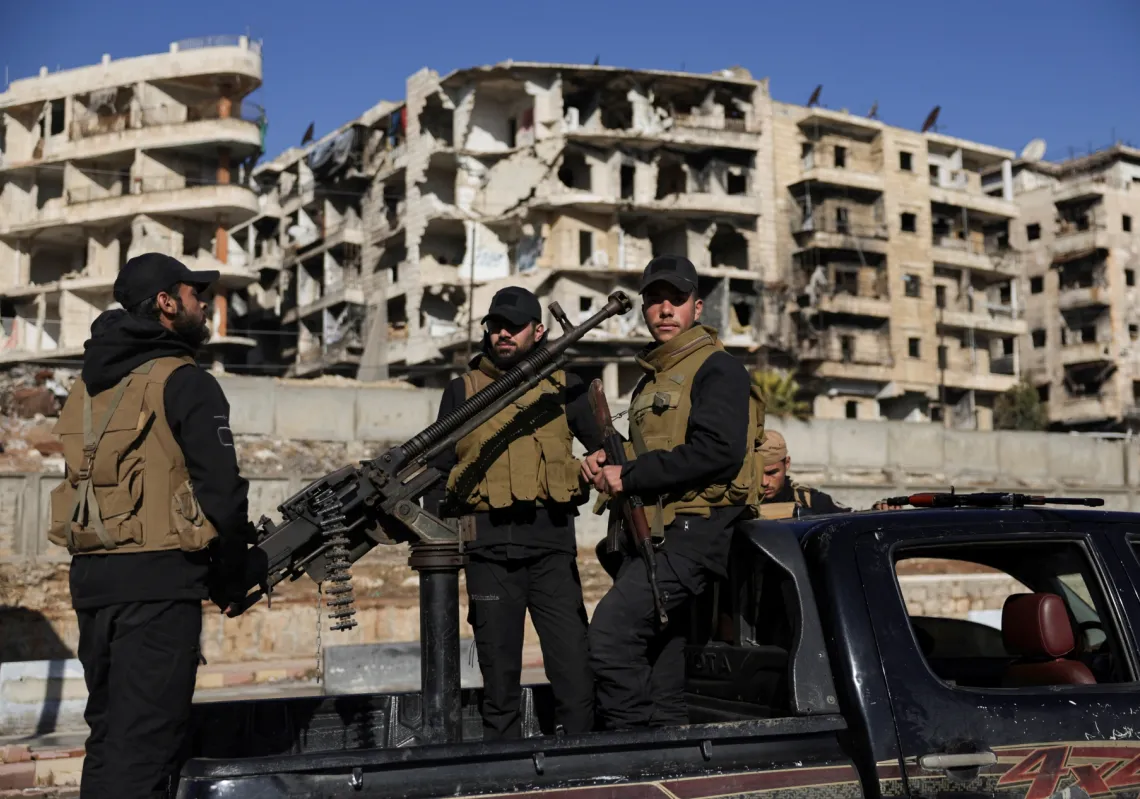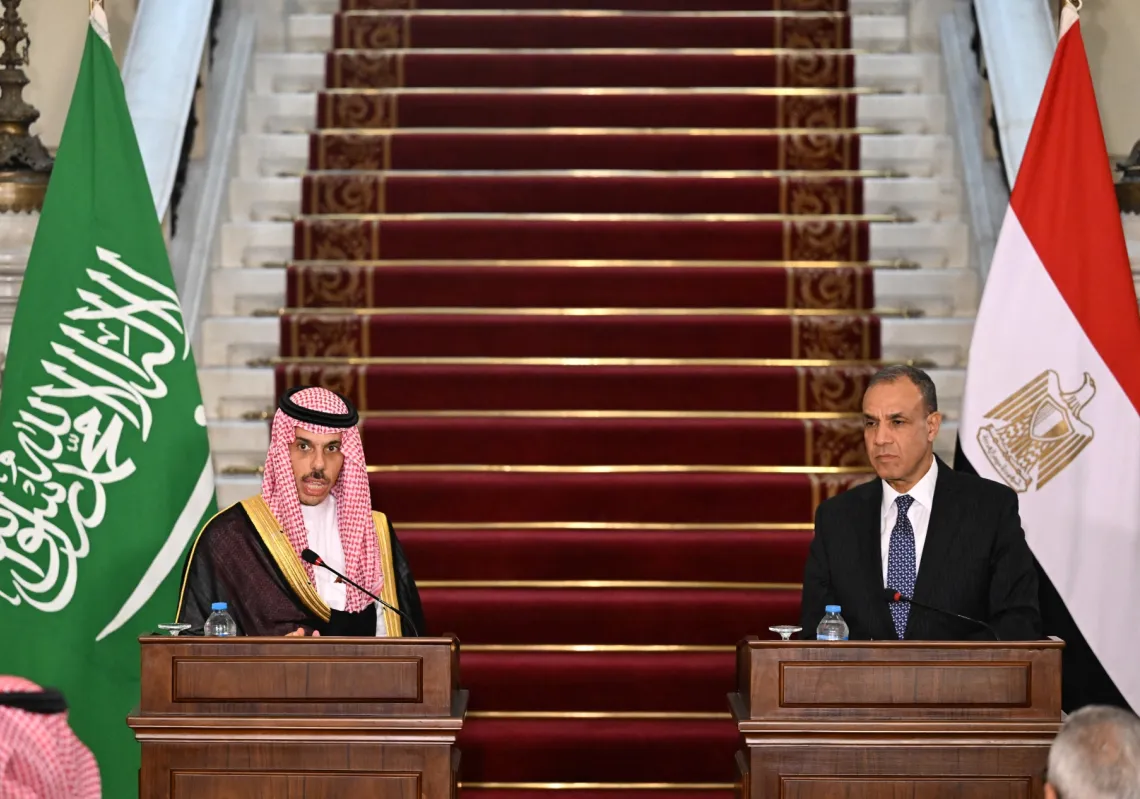For a decade, the Iranian economy has managed to avoid complete collapse despite the exhausting impact of the harsh sanctions imposed upon it.
The measures taken against Tehran came in response to the regime’s nuclear programme, which is enriching uranium.
They are likely to remain in place as the government resorts to violence, repression and executions in response to successive domestic popular protests, while also supporting Russia’s invasion of Ukraine.
Despite Iran’s attempts to evade them, the sanctions have been an effective weapon against the regime. Drawn up by the United States, the United Nations and other major countries, they have been able to slow the progress of Iran’s nuclear programme.
The impact of the measures can be seen in the country’s economic indicators, as shown here in a series of charts and tables. Their influence waxes and wanes as the sanctions have been implemented, re-negotiated and, for a time, lifted.
Analysis of Iranian policy and economic data from when the measures were in place and when they were not — either side of the agreement concluded in 2015 by US President Barak Obama and the re-introduction of them by his successor, President Donald Trump — makes that clear.
It also shows how Iran is unable to circumvent some of the measures, resulting in serious consequences for its people and for the wider region.
It was 2015 when Iran’s President Hassan Rouhani agreed to a deal to limit its nuclear programme in exchange for sanctions relief with the so-called P5+1 group of countries, consisting of the five permanent members of the UN Security Council and Germany, with the participation of the European Union.
It was known as the Joint Comprehensive Plan of Action (JCPOA).
Here, Al Majalla illustrates the impact of the sanctions via a series of key metrics, analysed before and after the JCPOA, and sets out why the measures matter as well as what it all means for the Middle East and the world.
Impact of JCPOA
The value of all the goods and services produced by the country — Gross Domestic Product, or GDP — was at a notably low level before the JCPOA.
As it was being reached, GDP improved gradually, in line with the positive course of the negotiations. The growth rate reached its highest point in 2016, a year after the accord was signed.
At that time, Iran enjoyed strong economic growth of 8.8%, according to International Monetary Fund figures, after which a steady contraction began, recording 2.8% in 2017.

However, after US President Donald Trump scrapped the agreement, this growth was reversed, and the economy contracted in 2018 and 2019. When he left office, renewed hope that President Joe Biden would bring about a new agreement boosted Iran’s economy in 2020 and 2021.
Trump wanted the sanctions he imposed on Iran to be the toughest ever against any country. His intention was to completely isolate the Iranian financial system by limiting its access to the dollar, sparking a monetary crisis for Iran’s currency, the rial, which is still ongoing.
The exchange rate stabilised at about 35,000 rials per dollar in 2015 when the JCPOA came in. The re-imposition of the US sanctions in 2018 raised the price of a single dollar to 150,000 rials in November 2018.
In December 2022, with talks to lift sanctions faltering at a time of inflation and popular protests over the killing of a young woman, Mahsa Amini, adding to international pressure on Iran, its currency reached its lowest level on record, at 440,000 per dollar.
At the end of December, the Iranian currency collapse toppled the governor of the Central Bank of Iran, Ali Salehabadi, who blamed protests and high interest rates in more than 90 countries around the world for this collapse. The government appointed Mohammad Reza Farzin as his successor.

The latest batch of US, British, and Australian sanctions was applied between September and December 2022, and it came against the backdrop of Iran providing Russia with armed drones, while also violating human rights at home via its excessive violence in suppressing ongoing demonstrations.
Oil exports
IMF figures show that the sanctions did not stop Iran — particularly in the last four years — from exporting oil, despite strenuous efforts made by the Trump administration to prevent them from doing so.
Tehran went to great lengths to mislead or defraud the international tracking systems put in place to enforce the measures and was able to smuggle out some oil. But the sanctions did thwart Iran’s plan to raise production to 4.5 million barrels of oil per day (BOPD), which requires huge investments amounting to $200 billion.
The sanctions were not able to take oil exports to zero as planned, but they had a significant impact on the volume of exports, which fell to 400,000 BOPD in 2020 — a significant drop comparing to the 1.85 million BOPD exported in 2017.


Sanctions on banks
Over 70 financial institutions in Iran were targeted by US sanctions. The firms were accused of being vehicles of financing for the country’s nuclear programme, including the transfer of billions of dollars to the Quds Force of the Revolutionary Guard to fund its proxies working within Iraq, Lebanon, Yemen, and Syria — often in opposition to official governments there.
But Tehran created a network of shell companies in different countries around the world and according to a report from the US Defence Intelligence Agency issued in 2019, it distributed more than $16 billion to the Syrian regime, Hezbollah in Lebanon, Iraqi militias, the Houthis in Yemen, and other proxies between 2012 and 2018.
That money left the country at a time when the people of Iran were living under severe economic hardship. According to World Bank statistics tracking the 10 worst countries in terms of food insecurity, food inflation rose to 84% in the period between July and October 2022.
Iran's substantial financial support for its allies has not only hurt its own people but has created major security and political challenges for the world. It has allowed Tehran’s proxies to build military, financial, social, and other institutions independent of the host nation, enabling them to effectively compete with the states in which they operate.
These countries are, in effect, plundered by the Iranian regime — either directly or through its various affiliations of influence. A report issued by the Middle East Institute in Washington in July 2021 estimated that the volume of Iran's spending on Hezbollah was between $700 million and $1 billion annually.
Disproportionate military spending
The instability created by Iran’s proxies, subsequently forced Iran to increase its foreign spending even further, while also upping its military budget. The size of Iran’s spending on weapons and the military is disproportionate to the relative size of its economy.

According to the 2021 annual report of the Stockholm International Peace Research Institute, Iran is the 14th biggest military spender in the world with a defence budget of $24.6 billion —marking an 11% increase compared to the previous year — with the Revolutionary Guard Corps (IRGC) receiving just over a third of it.













